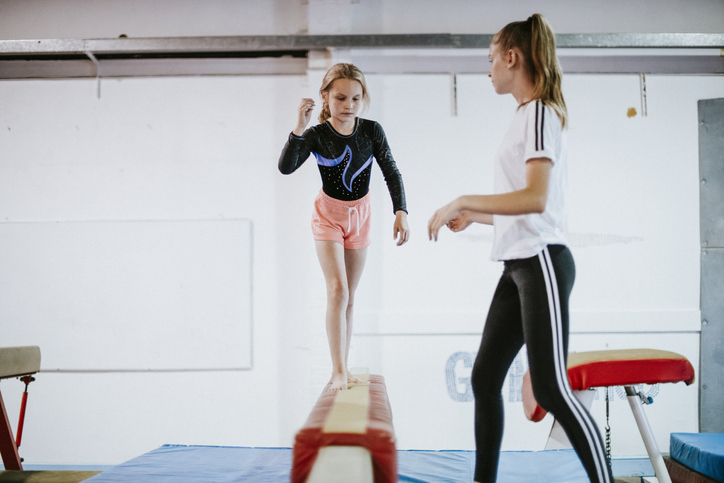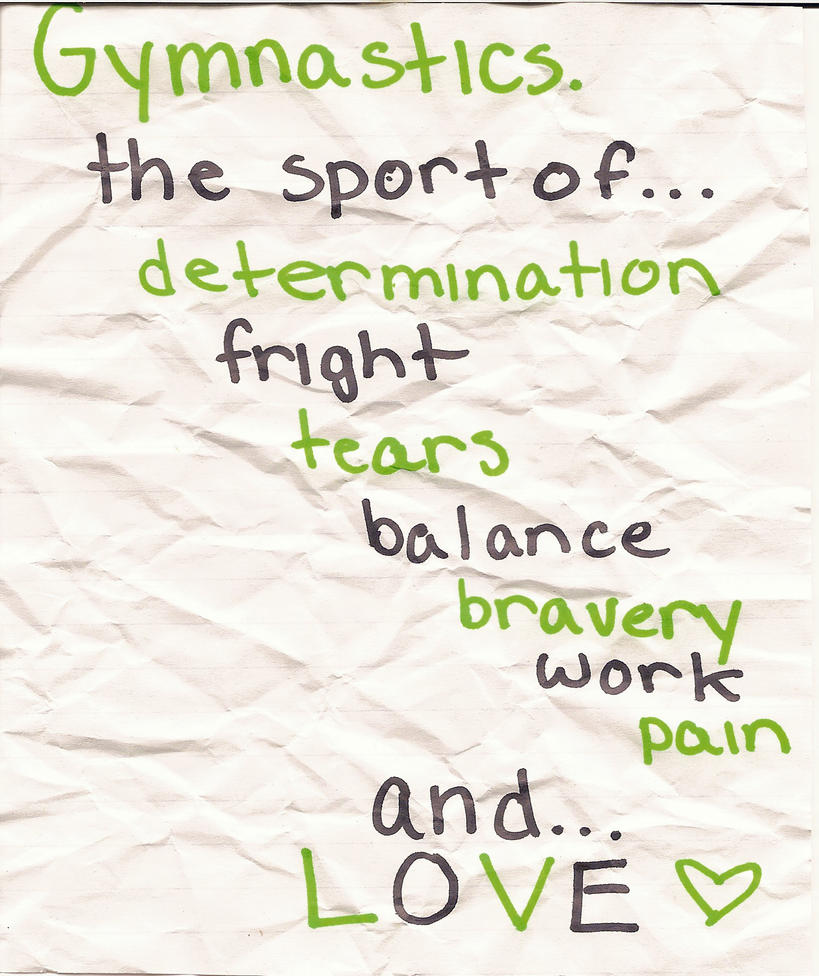Gymnastics Coach Certification: Your Ultimate Guide to Success

Gymnastics Coach Certification: Your Ultimate Guide to Success
Gymnastics coaching is a rewarding yet demanding profession that requires a unique blend of technical expertise, pedagogical skill, and passion for nurturing athletes. Whether you’re a former gymnast looking to transition into coaching or a fitness enthusiast eager to specialize, obtaining a gymnastics coach certification is your first step toward credibility and success. This guide breaks down the essentials, from understanding certification pathways to mastering the skills needed to excel in this dynamic field.
The Path to Certification: Key Organizations and Programs
1. USA Gymnastics (USAG) Certification

The gold standard in the U.S., USAG offers a tiered certification system:
- Membership Requirement: Start with a USAG Professional Membership (75 annually). - Levels of Certification: - Instructor Membership: Entry-level for beginner coaches. - Professional Membership: Requires background checks and Safe Sport training. - Specialty Certifications: Focus on artistic, rhythmic, trampoline, or acrobatic gymnastics. - Cost: 150–$300 per course, depending on the level.
2. National Association of Sports Medicine (NASM)

While not gymnastics-specific, NASM’s Corrective Exercise Specialist (CES) or Performance Enhancement Specialist (PES) certifications complement gymnastics coaching by focusing on biomechanics and injury prevention.
3. International Gymnastics Federation (FIG) Academy
For coaches aiming for global recognition, FIG offers advanced courses in coaching theory, judging, and athlete development.
Essential Skills for Gymnastics Coaches
Step 1: Master the Fundamentals
- Skill Progression: Break down complex moves (e.g., cartwheels to aerials) into teachable steps. - Spotting Techniques: Learn to safely guide athletes during flips, vaults, and dismounts. - Equipment Knowledge: Understand vault tables, uneven bars, and spring floors.Step 2: Develop Communication Skills
- Age-Appropriate Instruction: Tailor feedback for toddlers, teens, and adults. - Motivational Strategies: Use positive reinforcement and goal-setting frameworks.Step 3: Prioritize Safety
- Injury Prevention: Teach proper warm-ups and cool-downs. - Emergency Response: CPR and first-aid certifications are often prerequisites.Comparative Analysis: Online vs. In-Person Certification
| Aspect | Online Certification | In-Person Certification |
|---|---|---|
| Flexibility | Self-paced; ideal for busy schedules | Structured timelines; hands-on practice |
| Cost | Often cheaper ($100–$300) | Higher ($500–$1,000+) due to venue/equipment fees |
| Practical Experience | Limited; may require separate workshops | Extensive hands-on training with real athletes |

Case Study: From Novice to National Coach
Meet Coach Sarah, a former level-10 gymnast who transitioned to coaching after completing USAG’s Junior Olympic Certification. Within two years, she implemented a structured skill-tracking system at her gym, reducing injury rates by 40% and advancing three athletes to regional championships. Her secret? Continuous education—she attends annual USAG conferences and collaborates with sports psychologists.
Future Trends in Gymnastics Coaching
1. Technology Integration
- Motion Analysis Tools: Apps like Dartfish help coaches refine technique.
- Virtual Coaching: Platforms like Zoom enable remote training sessions.
2. Holistic Athlete Development
- Mental Health Training: Coaches are now incorporating mindfulness and stress management.
- Nutrition Certification: Pairing gymnastics coaching with sports nutrition credentials adds value.
FAQ Section
How long does it take to get certified?
+Entry-level certifications (e.g., USAG Instructor) take 2–4 weeks. Advanced certifications (e.g., USAG Professional) may require 6–12 months, including practical hours.
Can I coach without certification?
+Technically yes, but most gyms and clubs require certification for insurance and liability reasons. Uncertified coaches face limited opportunities.
What’s the average salary for a gymnastics coach?
+In the U.S., entry-level coaches earn $25,000–$35,000 annually. Elite coaches can earn $60,000+ with experience and certifications.
Conclusion: Your Journey Starts Now
Gymnastics coaching is as much about building character as it is about perfecting back handsprings. By investing in certification, continuous learning, and athlete-centered practices, you’ll not only elevate your career but also inspire the next generation of gymnasts. Remember: every flip, twist, and tumble begins with a solid foundation—yours starts with the right credentials.
“Coaching is not just teaching skills; it’s shaping lives.” – Anonymous
Ready to take the leap? Research accredited programs, enroll in a course, and start transforming passion into profession today.



